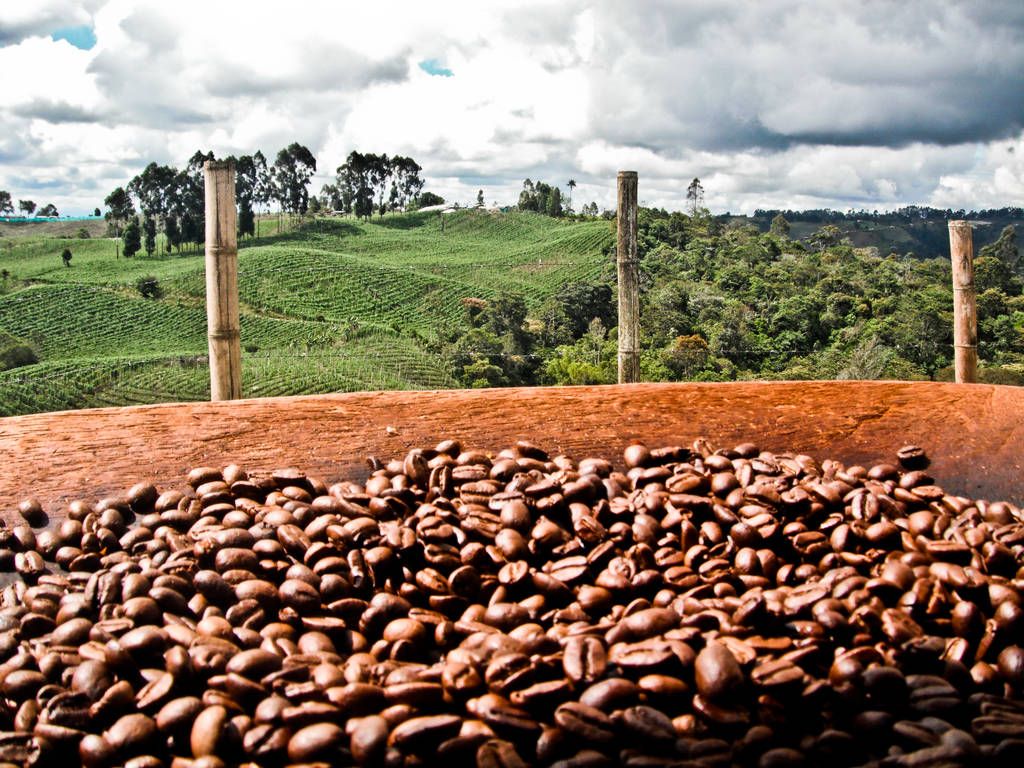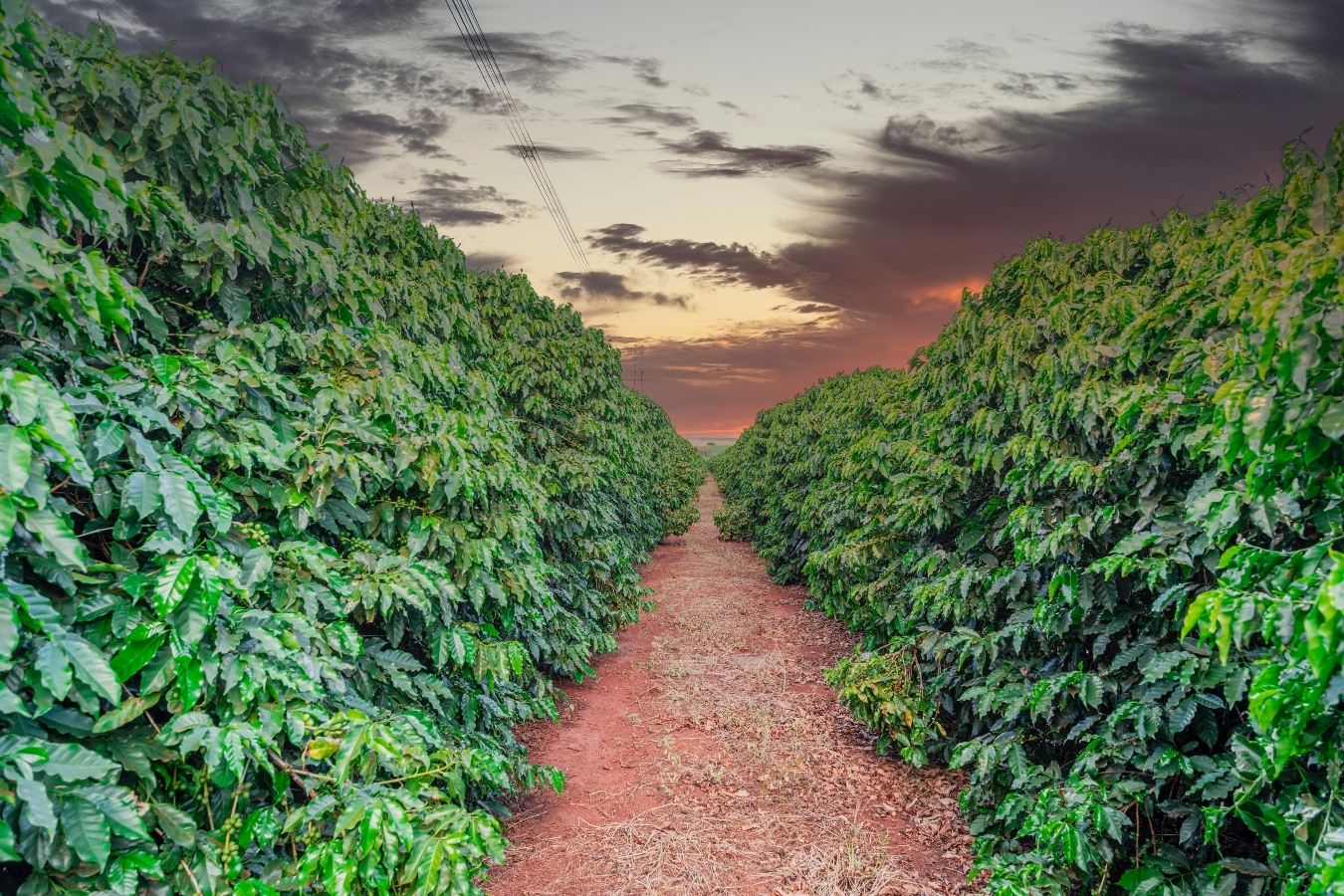
Bean to Balance: Navigating Coffee Plantation Economics
Bean to Balance: Navigating Coffee Plantation Economics
- Adam Smith
- 18-01-2024
- 23-07-2025
- 1045 views
- coffeepedia

In the vast landscapes where coffee plantations thrive, a delicate dance of economics unfolds. Beyond the simple pleasure of a brewed cup lies a complex web of factors shaping the coffee industry. This blog delves into the intricate economics of coffee plantations, exploring the journey from seed to harvest and the economic dynamics that sustain this globally beloved beverage.
1. The Birth of Beans: Initial Investments and Costs
Seed to Sapling Investment: Coffee cultivation begins with the planting of seeds or young saplings. Explore the initial investments required, including land acquisition, seeds, and labor costs. The time it takes for a coffee plant to mature adds an additional layer to these early financial considerations.
Climate and Soil: The choice of location is critical in coffee cultivation. Understand how climate and soil conditions impact the economic viability of a plantation. Regions with specific altitudes, rainfall patterns, and temperatures contribute to the unique flavors of the coffee produced.
2. Cultivation and Care: Ongoing Operational Costs
Labor Intensity: Coffee is often hailed as a labor-intensive crop. Dive into the costs associated with ongoing cultivation, including the hiring of skilled labor for tasks such as pruning, harvesting, and pest control. The manual nature of these processes contributes significantly to the operational expenses.
Technological Investments: Modern coffee plantations increasingly incorporate technology for efficiency. Explore how investments in irrigation systems, machinery, and advanced agricultural practices impact the overall economics. The balance between traditional methods and technological advancements is crucial for sustainability.

3. Harvesting and Processing: Balancing Quality and Efficiency
Selective Harvesting Challenges: Delve into the intricacies of selective harvesting, where only ripe coffee cherries are picked. While this enhances the quality of the beans, it presents challenges in terms of labor costs and the potential for increased harvesting time. Understand the economic trade-offs involved.
Processing Methods and Costs: Coffee processing methods, whether washed, natural, or honey, impact the flavor profile and determine the costs involved. Explore the economic considerations of each method and how it aligns with the desired quality of the final product.
4. Global Market Trends: Price Fluctuations and Challenges
Volatility in Coffee Prices: The global coffee market is notorious for its price volatility. Examine the factors that contribute to these fluctuations, from weather conditions affecting crop yields to geopolitical events impacting market sentiment. Small-scale farmers often face challenges navigating these uncertainties.
Fair Trade and Sustainability Initiatives: Explore the role of fair trade certifications and sustainability initiatives in shaping the economic landscape of coffee plantations. The demand for ethically sourced and environmentally sustainable coffee has led to shifts in consumer preferences and market dynamics.
5. Beyond Beans: Diversification and Economic Resilience
Diversification Strategies: Coffee plantations are increasingly exploring diversification as a strategy for economic resilience. Whether through the cultivation of complementary crops or the development of agro-tourism, discover how plantations adapt to changing economic landscapes.
Conclusion
From the moment a coffee bean is planted to the final pour into your cup, a journey of economic intricacies unfolds. The sustainability of coffee plantations depends not only on the quality of the beans but also on the delicate balance between operational costs, market trends, and global demands.






















